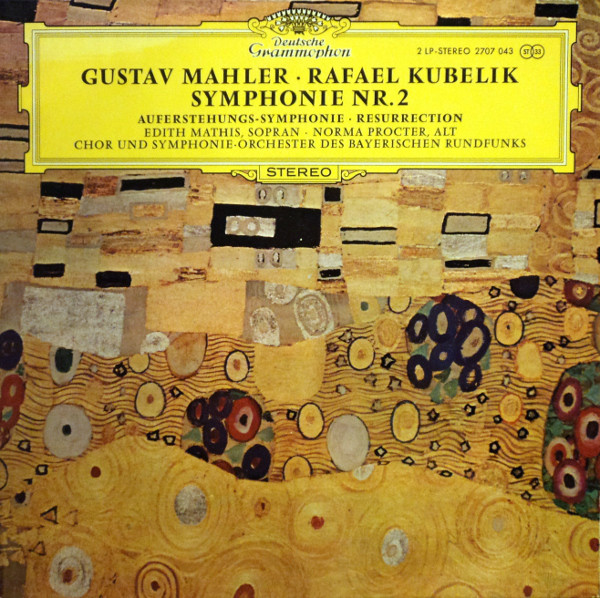I loved the fourth. The fourth is easy. The second is not. It is about the beauties and happiness in the ever after. What is more, it is about dying to live forever. Welcome to the Auferstehung-Symphonie.
Mahler is well known for writing long symphonies. Since the invention of the form of the symphony by Haydn and Mozart, he lengthened it from just over fifteen minutes to a whopping hundred minutes. Symphonies in Haydn’s and Mozart’s time were small works, to be enjoyed while talking to other visitors to the music hall. It was entertainment. Some musicologists say that Beethoven added his famous starting chords of the 5th symphony just to silence his incessantly talking audience.
That was already in the past. In Mahler’s time symphonies were ambitious works, to be listened to in silence in specialised concert halls. Different kind of instruments were added, big choirs and an ever bigger orchestra. Already in his second symphony, Mahler added big vocal parts, for both solo voice and choir. Also, lots of brass.
The second symphony is the first in a three part series based on a children’s book with fairy tales called Des Knaben Wunderhorn. The book was originally from 1805, but remained wildly popular throughout the nineteenth century. Mahler was not the only composer deriving inspiration from it, so were for instance Mendelssohn and Webern.
What this symphony represents however, comes from a different source. That was from Klopstocks ‘Auferstehung’, which Mahler heard while he was working on it. The occasion for this is just as important. It was at the funeral of his friend Hans von Bülow. Von Bülow was a hugely influential conductor in his time, and one of the first promotors of Mahlers music. Mahler had a lot to thank him for, and when Von Bülow died in 1894 he was shaken.
